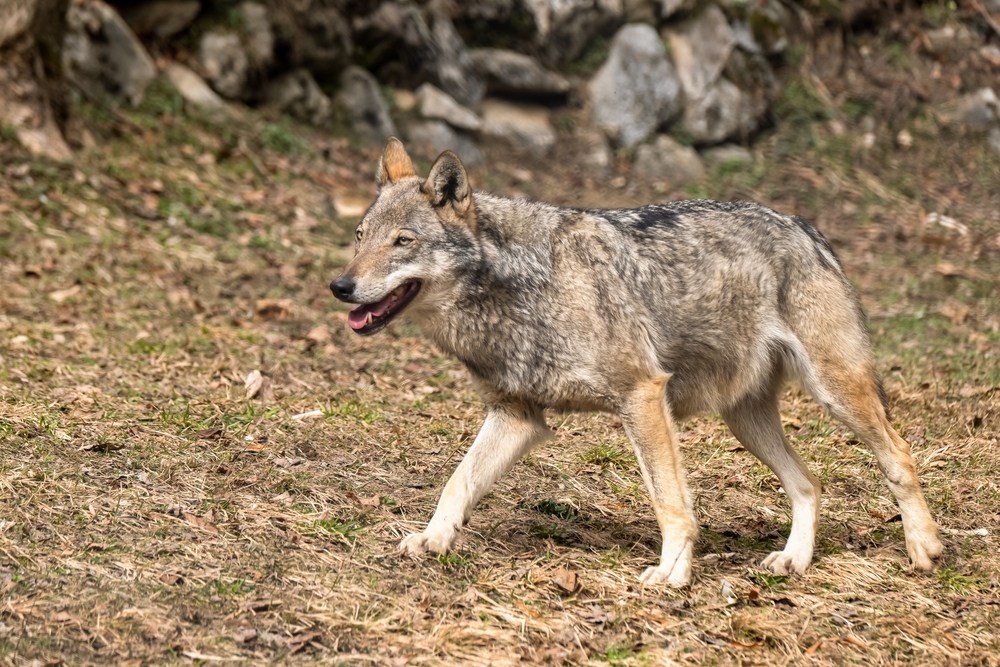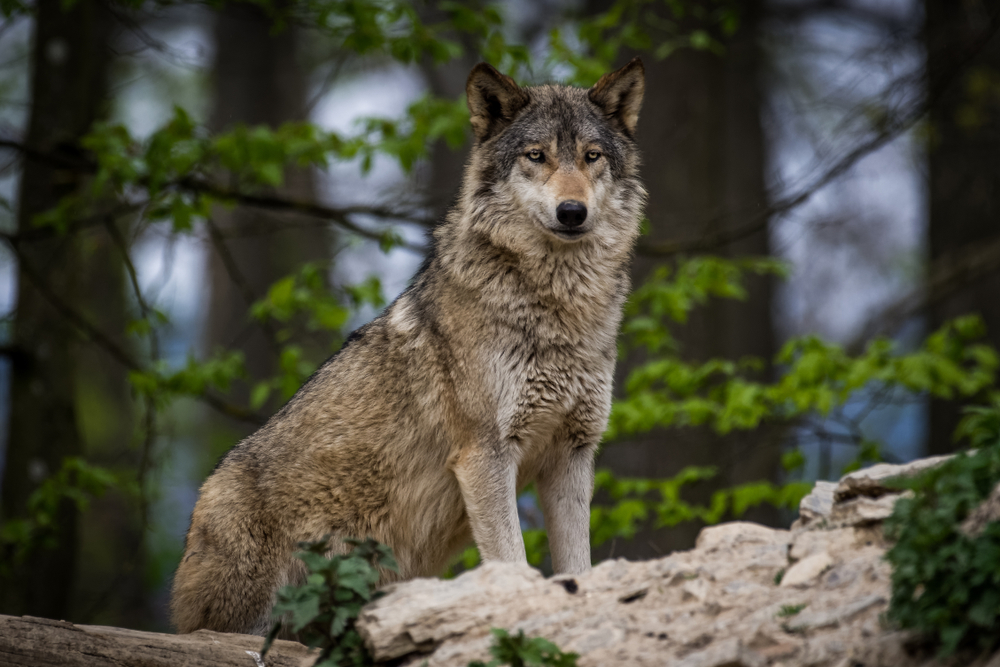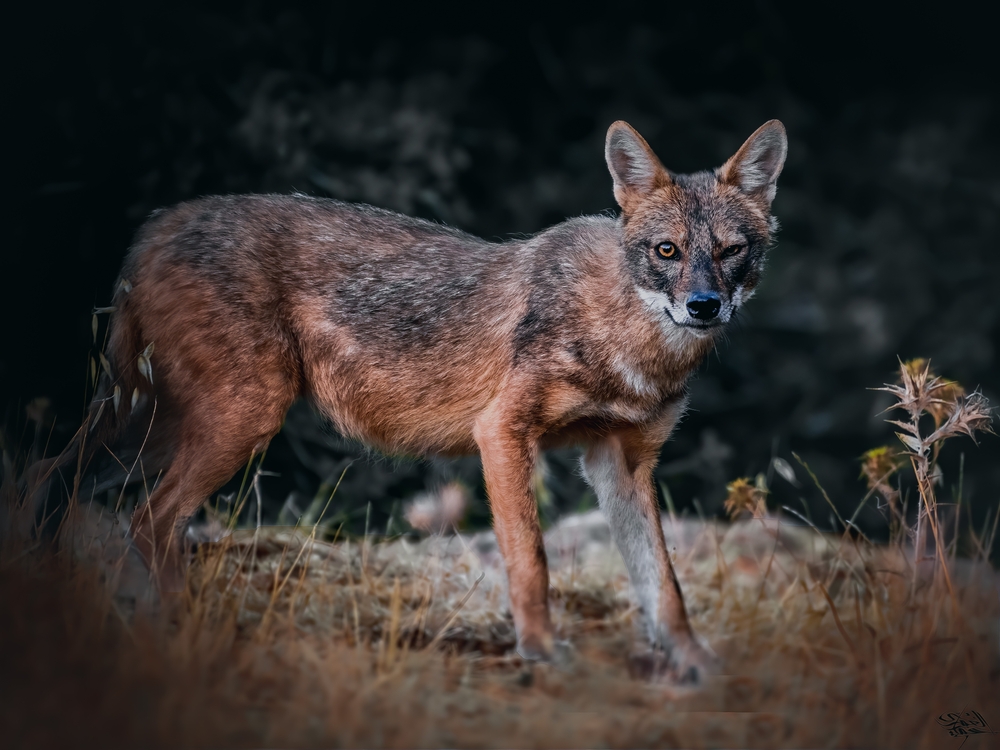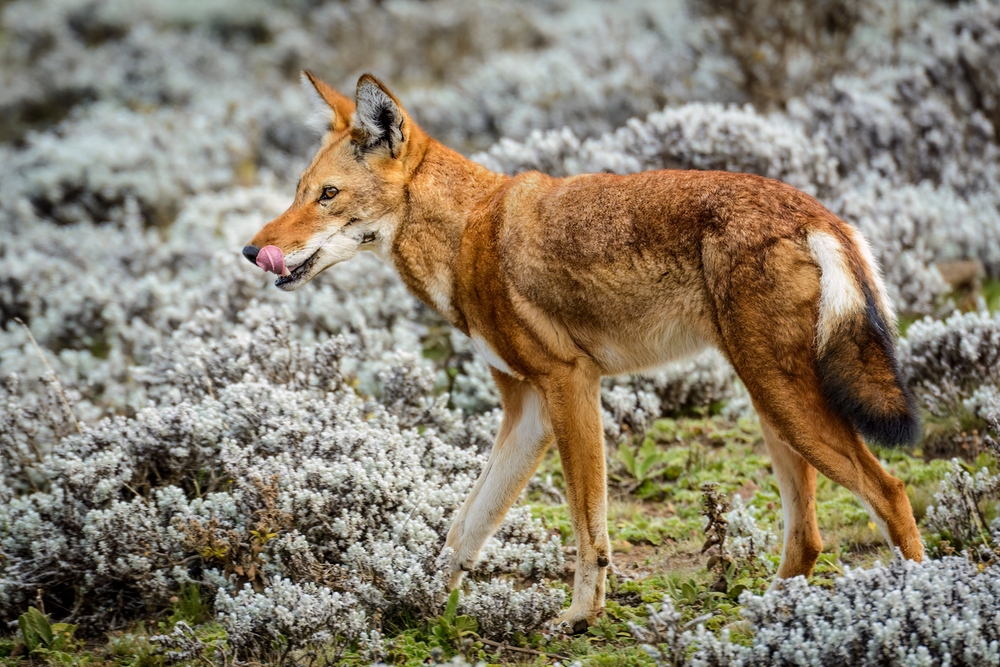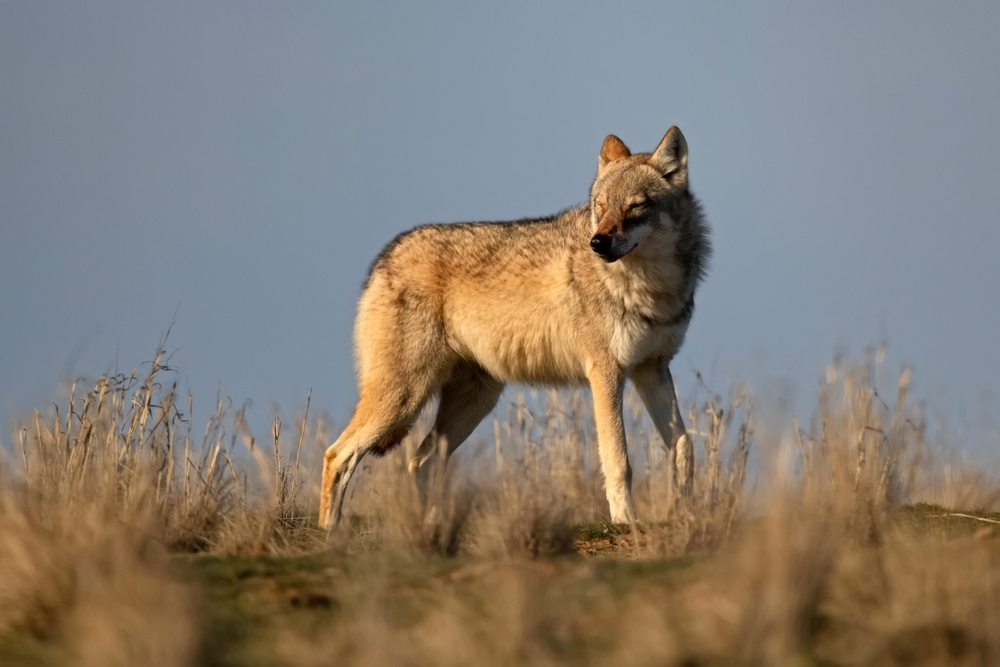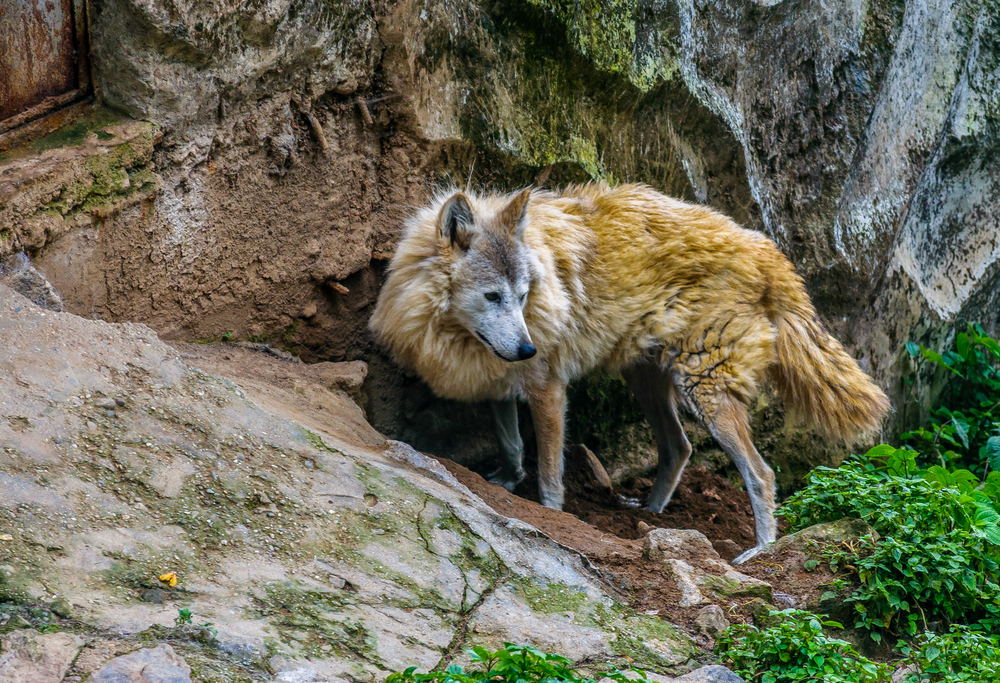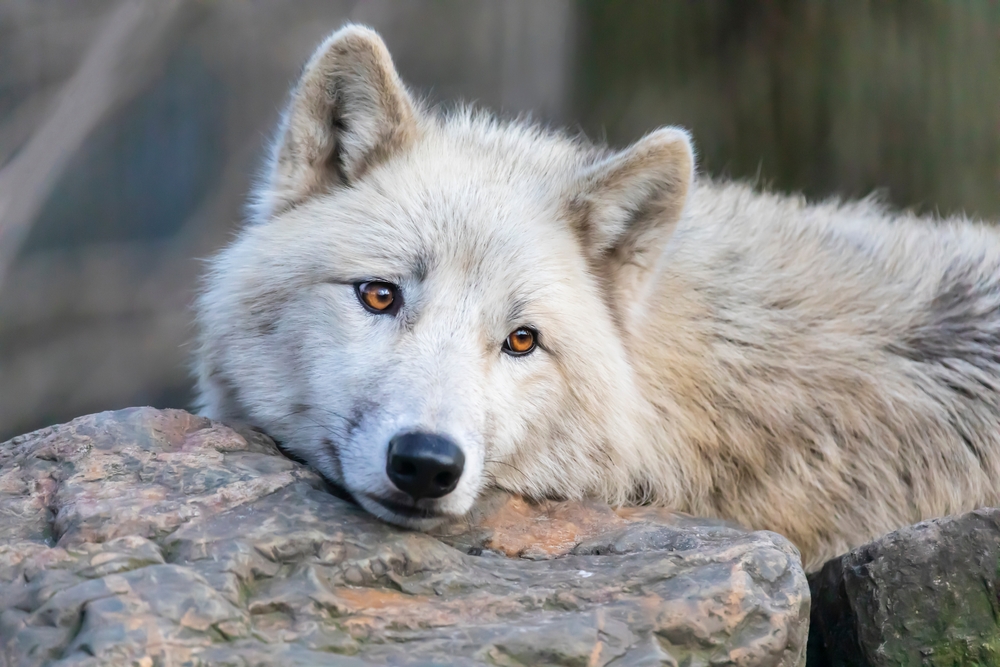The Italian Wolf is a versatile and opportunistic carnivore that thrives on a diverse diet, shaped by Italy’s Mediterranean ecosystems, rugged topography, and human-altered landscapes. It primarily hunts wild ungulates but will also consume small animals, carrion, and even agricultural waste when necessary. Its ability to adapt to a patchwork of forests, fields, and rural villages has made it a keystone predator in Italy’s recovering ecosystems. Below is a structured overview in the style of the AK Eating document:
Diet:
-
Primary Prey:
-
Wild boar (Sus scrofa) – especially piglets and juveniles
-
Roe deer (Capreolus capreolus) and fallow deer (Dama dama)
-
Red deer (Cervus elaphus) in central and alpine regions
-
Livestock (sheep, goats, calves) – more frequent near pastoral zones
-
-
Secondary and Opportunistic Prey:
-
Hares, rabbits, rodents, and ground-nesting birds
-
Feral dogs, hedgehogs, and lizards
-
Carrion from natural deaths or roadkills
-
-
Plant Material (occasional):
-
May consume berries, figs, and olives
-
Ingests grass incidentally or to aid digestion
-
🥩 The Italian Wolf’s dietary breadth allows it to persist across fragmented habitats with varying prey availability and human influence.
Hunting Strategy:
-
Pack Hunting (for large prey):
-
Small packs of 3–6 wolves coordinate hunts of boar and deer
-
Use stealth and ambush along forest edges, riverbeds, or mountain slopes
-
Target young, weak, or isolated individuals
-
-
Solo or Pair Hunting (for small prey):
-
Common when hunting hares, birds, or scavenging
-
Rely on speed, pouncing, and ground scent tracking
-
Feeding Behavior:
-
Feeding Order:
-
Alpha pair eats first, followed by subordinates and juveniles
-
Strict social hierarchy governs access to kills
-
-
Consumption Rate:
-
An adult wolf may eat 3–7 kg (6–15 lbs) of meat per feeding
-
Wolves can fast for several days, then gorge when successful
-
-
Caching:
-
Surplus meat may be buried or hidden for later retrieval, especially in winter
-
Seasonal Variation:
-
Spring and Summer:
-
Higher availability of young ungulates and smaller prey
-
Diet may include more insects and plant matter
-
-
Autumn and Winter:
-
Packs focus on larger prey, especially wild boar and scavenging opportunities
-
Increased reliance on livestock and carrion in snow-covered or prey-poor zones
-
Human Interface:
-
Known to raid livestock corrals in remote villages
-
Occasionally feeds on garbage or compost near rural settlements
-
Diet overlap with feral dogs and jackals in edge habitats
The Italian Wolf’s eating habits showcase its ecological flexibility and key role as a top predator in restoring balance to wild herbivore populations. Its ability to shift between hunting, scavenging, and opportunistic feeding ensures its survival across Italy’s varied and human-shaped landscapes.



































































